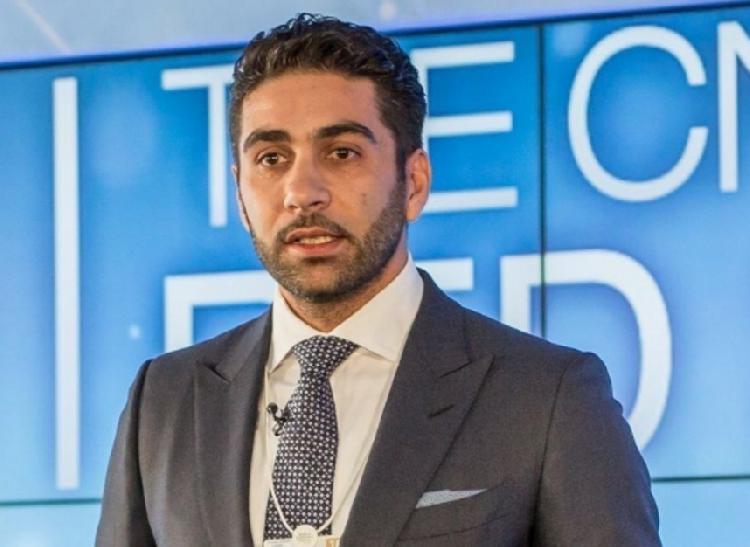
King Abdullah Economic City Launches Red Sea Foundation to Drive Growth in Regional Trade
The development of a trade facilitation framework for the Red Sea region is essential for the sustainable development of the largest emerging market in the world, according to Mr Fahd Al Rasheed, Managing Director and Group CEO of King Abdullah Economic City.
Speaking at a special event at the World Economic Forum in Davos, Mr Al Rasheed announced the formation of a non-profit policy think tank, the Red Sea Foundation, to raise awareness of the region's potential and advocate the necessary policy initiatives to drive development.
The Foundation, to be based in Geneva, will comprise a global advisory board of policy makers, business leaders and relevant subject matter experts. It will also include an operational staff that will research, formulate and promote policy recommendations.
"The Red Sea is a critical global shipping route that has played a pivotal role in global trade for millennia, but today little of the wealth that flows though the region actually benefits the countries that border it. That is about to change," said Mr Al Rasheed. "This is the fastest growing developing market in the world today and the least exploited. A coordinated initiative to facilitate trade will significantly improve the flow of goods within the Red Sea region and foster growth and prosperity where it is most needed."
According to the United Nations, the population of the twenty countries that use the Red Sea as their primary shipping corridor will increase by 110 percent from 620 million today to 1.3 billion in 2050. The burgeoning middle class in the region is expected to increase by 150 percent from 137 million to 343 million in the same period. Current projections indicate that this growth will drive a threefold increase in regional GDP from $1.8 trillion today to $6.1 trillion by 2050. Trade will increase by a factor of five from $881 billion to $4.7 trillion.
Approximately ten percent of global maritime trade passes through the Red Sea economic basin every year. The expansion to the Suez Canal, which will double its capacity, is expected to drive increased volumes.
Limited logistics infrastructure is just one factor limiting growth. For example, few of the region's ports can handle today's largest container vessels. Saudi Arabia's King Abdullah Port, which began operations in 2015, will be largest Red Sea port by 2017.
Other factors affecting growth include a wide disparity in levels of economic development and a regulatory environment that significantly increases the costs of cross border trade. World Bank data suggest that every dollar spent manufacturing a product generates $2.19 in trade costs, including logistics costs and tariffs.
Improvements to infrastructure and enhanced cooperation in cross border trade could increase efficiency, reduce costs and enhance the participation of smaller and medium sized companies in the global value chain. This would improve GDP growth by almost 30 percentage points over current projections to $6.6 trillion and trade by more than 180 percentage points to $6.3 trillion by 2050.
"The objective of the Red Sea Foundation is to actualize the enormous potential of this region by enhancing the logistics infrastructure, promoting trade among Red Sea region countries and encouraging foreign investment," said Mr Al Rasheed. "This is an initiative in which the public and private sectors and civic society all have important roles to play. The Red Sea Foundation exists to bring them together to build a new growth engine for the global economy."
The Red Sea Region comprises twenty countries that either lie on the Red Sea or use it as their primary shipping channel: Burundi, The Democratic Republic of Congo, Djibouti, Egypt, Eritrea, Ethiopia, Iraq,Jordan, Kenya, Madagascar, Mozambique, Rwanda, Saudi Arabia, Somalia, Sudan, Syria, Tanzania, UAE,Uganda, and Yemen.

























